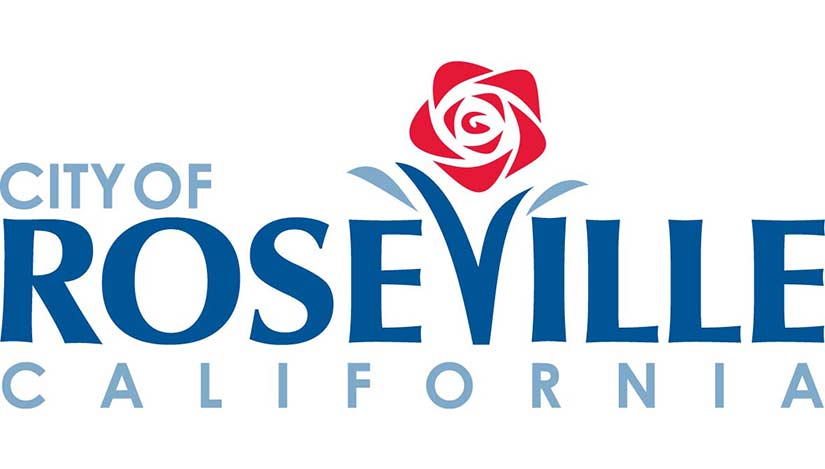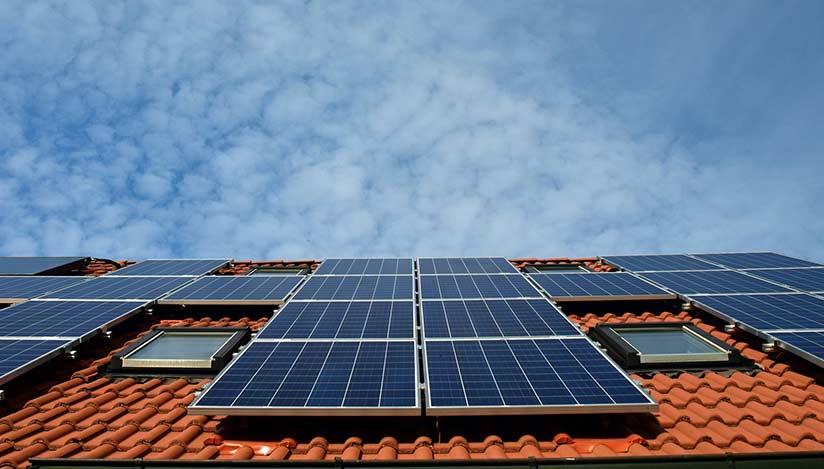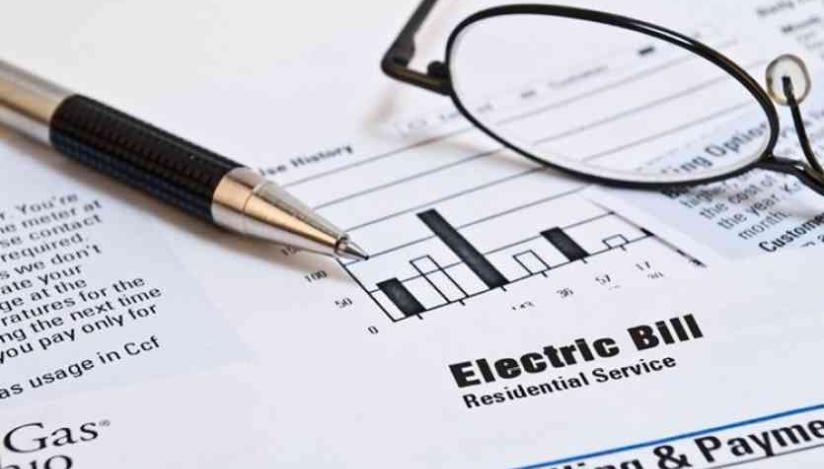
The sun is shining, there isn’t a cloud in the sky, and your roof is in full sunlight. But how can you tell if the photons raining down on your rooftop solar power system are actually being turned into useful electricity?
There are no moving parts, so unlike your car or a backyard pool pump, there’s no way to tell just by looking or listening whether you’re getting the performance you paid for. Thankfully, there are a few things to look out for on a solar energy system, such as whether:
- There’s a green light on the inverter
- Your energy meter is running backwards
- Your electric bill is under control
But there’s a great way to take this a step further, and know minute to minute whether your system is delivering as promised: Your solar monitoring system.
At Capital City Solar’s monthly Third Thursday event on March 15th, we discussed the value of a solar energy monitoring system, and how to get the most out of it. Below, you can see an overview of what we talked about during that event, and find out what we’ll discuss at our April Third Thursday event.

How does a solar energy monitoring system work?
On solar energy systems manufactured by SunPower, the system comes equipped with a PVS5, a processor and transceiver which acts as the ‘brain’ of your system recording, collating, and reporting your system’s performance. Many systems have their own version of this information gateway.
This device records your system’s production, gathering data every 15 minutes and exporting it to online software, which then makes it accessible online through a monitoring portal.

Above is an example of the dashboard that appears when first logging into a SunPower monitoring system. On the left, you can see the last reading of the amount of power being generated by the system, as measured in kilowatts (kW).
Next, the Today’s Energy table tells you how much energy your system has produced so far, as measured in kilowatt-hours (kWh). The graph below breaks this production down, hour by hour.
The last table tells you how much you’ve reduced your carbon dioxide emissions by over the lifetime of the system. Clicking on the ‘more’ dropdown arrow gives you additional examples of what this reduced footprint looks like.

How often should you check your system’s output?
Think of your solar panels like you do your car. Every month or so, you probably check your fuel consumption—in terms of miles per gallon—as well as other elements essential to continued optimal operation, such as the condition of your tires, oil, belts, etc.
With a solar power system, you’ll want to check the number of kWh produced per month.

The 2017 monthly output for a SunPower system.
You can actually set up your system to generate a monthly report that is emailed directly to your email inbox, so you don’t have to worry about remembering to log in and check your system.
Output can be affected by a number of different factors, especially the weather, but if the output is close to that estimated in the anticipated output breakdown provided to you by your system installer, as adjusted for expected degradation, then you’re probably in good shape.
If something seems significantly out of the ordinary, and you can’t account for it—such as a downtrend in production during a summer that was consistently sunny and clear, or a significant loss in production year over year—then it’s probably time to give your installer a call.
What can cause a loss of energy production?
Weather and seasonal changes. Your solar panels can only convert sunlight they receive. For starters, production is lower in winter and higher in summer not just because of the weather, but also because the angle at which sunlight hits your roof. During winter in the northern hemisphere, sunlight comes in at a steeper angle, and we receive less sunlight. In summer, the sun is more directly overhead, and we receive more sunlight. In addition, variations in the weather do make a difference. If your panel output is 5% lower in a June that is unseasonably cloudy, versus a nice clear June last year, then your system is probably fine.
A bad panel. If even a single panel has subpar performance, it can reduce production by up to 10%. If your system uses a central inverter, performance can be more severely impacted, as such a system only performs as well as its weakest link.
Shading. Trees grow over time. That small tree that didn’t shade your home five years ago might cast a significant shadow across your roof these days. Make sure to keep up on tree trimming to ensure optimal power production.
Dirt and soil. Are your system’s solar panels as shiny as the day they were installed? Or do they have a dull, matte, lusterless look? You could be losing energy production simply because dirt and other contaminants have accumulated on your array. If you’re in an area susceptible to brush fires, ash can be particularly sticky, and ash accumulation can significantly reduce output.
Loose wiring. Much of Central California is susceptible to occasional high winds, and a wire that’s knocked loose can cause resistance, reducing your system’s output. Something as simple as reconnecting a loose wire can restore your system performance.
Solar energy system monitoring allows you to realize the full potential of your investment.
You’ve made a significant investment in your home. If you take the time to occasionally check the condition of your roof, car, or backyard swimming pool, then it only makes sense to keep a close eye on the performance of your solar energy system as well. Use the technology available to you to ensure that your investment is providing the savings you paid for!
If you found this article to be useful, we invite you to check out Capital City Solar’s future Third Thursday events. Our next Third Thursday will take place on April 19th at 5 PM and will focus on the topic of financing options available specifically for covering the cost of installing a new home solar energy system:
Homeowners frustrated with rising electricity prices often feel that home solar electricity systems are priced beyond their reach. However, there are a number of exciting financing options available to help you take advantage of the cost saving benefits of solar! For instance, the state and municipally funded PACE Program offers no-down payment plans ranging from 5 to 25 years, which build repayment into your annual property taxes.
But this is just the tip of the iceberg. Visit Capital City Solar on April 19th for our Third Thursday discussion of solar financing, where you can learn how you can make a home solar electricity system fit your budget!
The event will be located at our office at 111 Derek Place, Roseville, California 95678, and feature free refreshments and snacks. Like our Facebook page and be the first to learn more, or simply mark your calendar for 5 PM on April 19th! If you’re unable to make it, be on the lookout for a future blog post, in which we’ll summarize the information covered during the event. But we hope you join us, and look forward to seeing you there!









